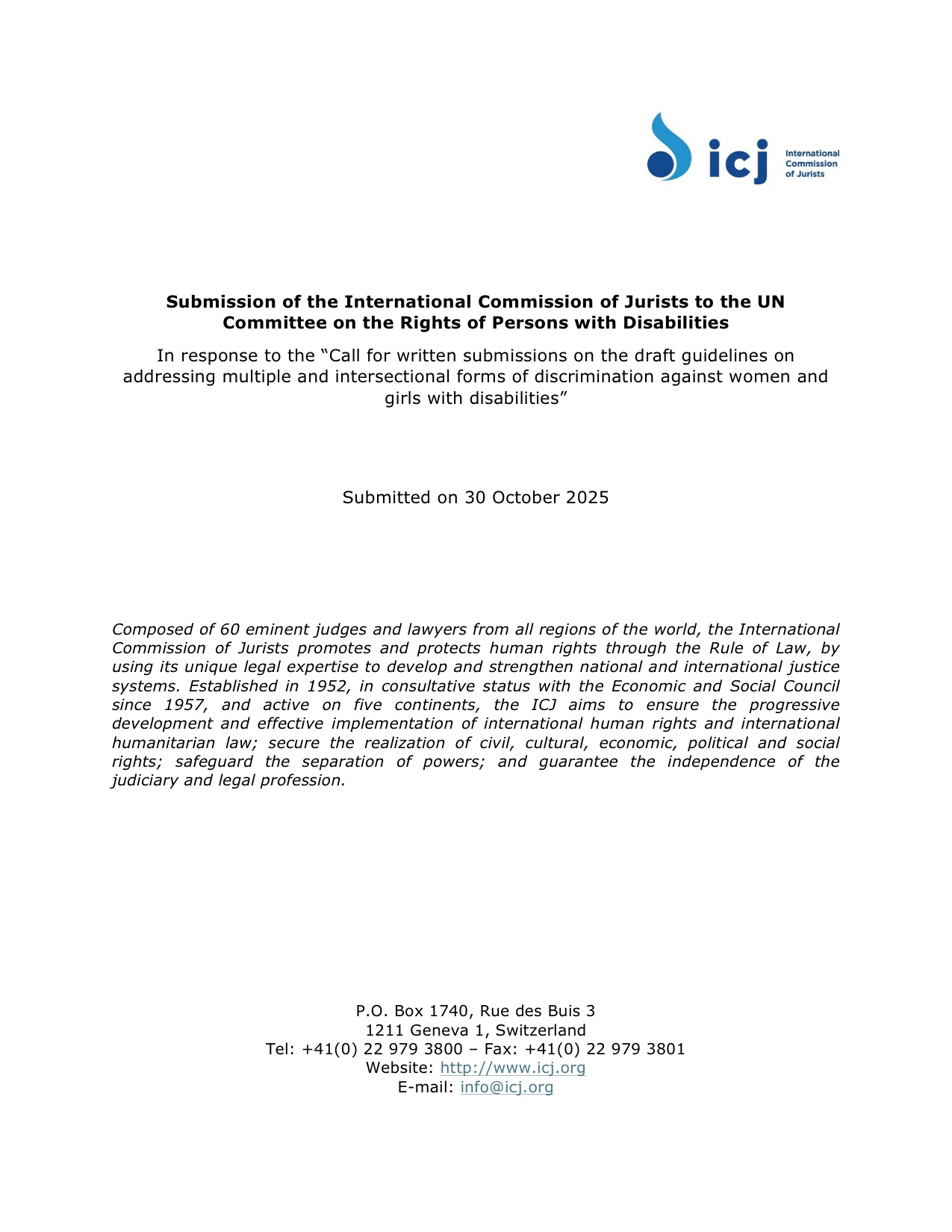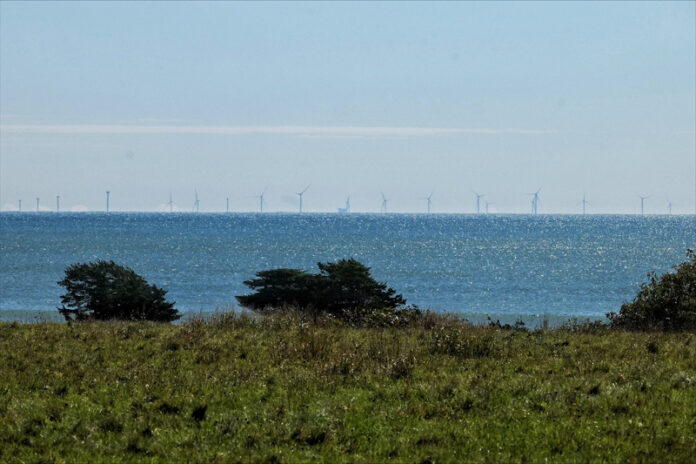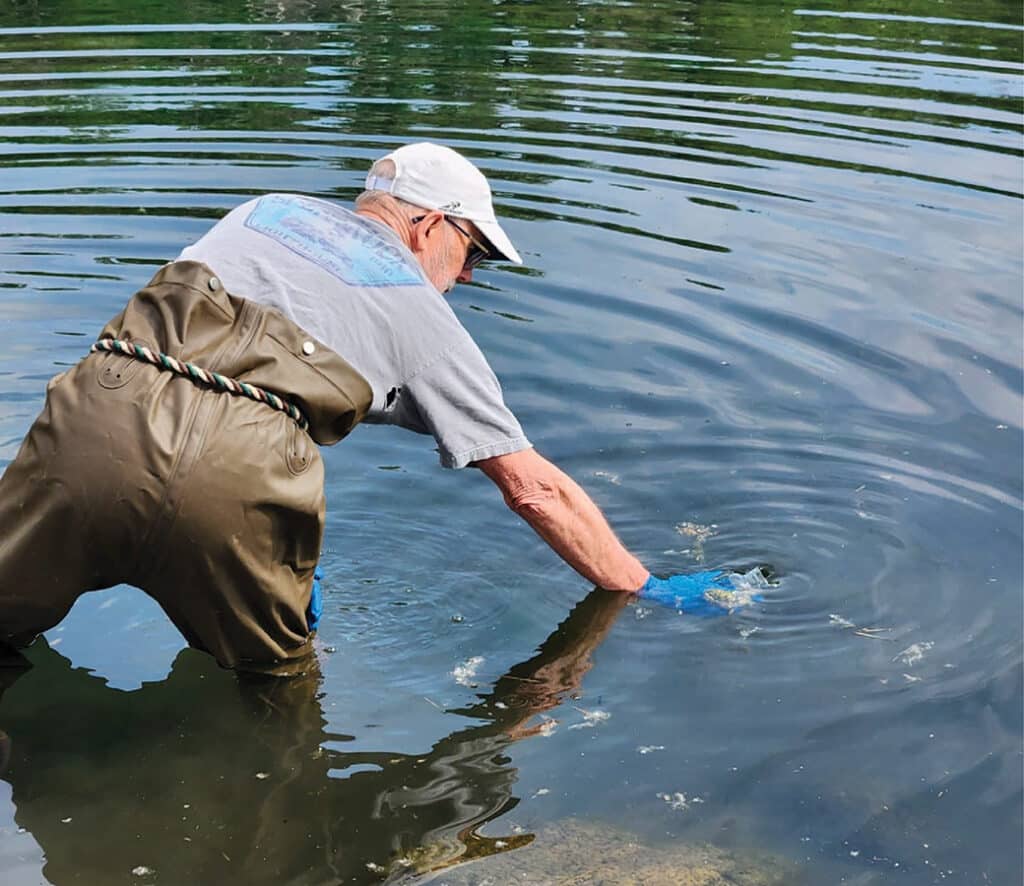Toxic algae blooms increasing in Arctic due to climate change, new study finds – ABC News – Breaking News, Latest News and Videos

Report on the Impact of Climate Change on Harmful Algal Blooms in the Arctic and Implications for Sustainable Development Goals
Introduction
Recent research has identified a rapid increase in harmful algal blooms (HABs) in the Arctic, a region previously too cold to support such toxic events. This development is directly linked to climate change, which has caused rising ocean temperatures and reduced sea ice over the past several decades.
Research Findings
- Study Overview: Scientists analyzed fecal samples from 205 bowhead whales collected over 19 years in collaboration with indigenous Arctic communities. This analysis revealed increasing concentrations of algal toxins entering the marine food chain.
- Algal Toxins Identified:
- Alexandrium: Dinoflagellates producing saxitoxin, a neurotoxin causing Paralytic Shellfish Poisoning.
- Pseudo-nitzschia: Diatoms producing domoic acid, responsible for amnesic shellfish poisoning.
- Environmental Changes: Rising sea surface temperatures and diminishing sea ice have created favorable conditions for algal blooms to grow larger, last longer, and become more toxic.
- Ecological Impact: The toxins accumulate through the food web, affecting krill, copepods, bowhead whales, and other marine species such as clams, crabs, sea birds, and anemones.
Role of Indigenous Communities
- Indigenous Arctic communities have played a crucial role in sample collection through subsistence harvesting and monitoring stranded whales.
- These communities rely heavily on marine resources for survival, cultural practices, and economic well-being, highlighting the importance of protecting marine ecosystems.
Implications for Sustainable Development Goals (SDGs)
- SDG 13: Climate Action
- The study underscores the urgent need to address climate change, as rising temperatures directly contribute to harmful algal blooms in fragile Arctic ecosystems.
- SDG 14: Life Below Water
- Increasing algal toxins threaten marine biodiversity, impacting species such as bowhead whales and walruses, and disrupting the marine food web.
- Protecting marine life and ensuring sustainable use of ocean resources are critical to maintaining ecosystem health.
- SDG 2: Zero Hunger
- Marine resources are vital for food security in indigenous communities; contamination by toxins poses risks to subsistence harvesting and nutrition.
- SDG 3: Good Health and Well-being
- Exposure to algal toxins through seafood consumption can cause serious health issues, necessitating improved monitoring and public health measures.
- SDG 17: Partnerships for the Goals
- The collaboration between scientists and indigenous communities exemplifies effective partnerships essential for sustainable development and environmental stewardship.
Challenges and Future Directions
- Regular testing for algal toxins in the remote Arctic is challenging due to logistical constraints.
- There is uncertainty regarding the full extent of marine mammal mortality caused by harmful algal blooms in the Arctic.
- Continued monitoring and research are necessary to understand long-term impacts and to develop mitigation strategies.
Conclusion
This pioneering study quantitatively links climate change, sea ice loss, and harmful algal bloom concentrations in the Arctic marine food web. It highlights the critical need for climate action and sustainable management of marine resources to protect vulnerable ecosystems and indigenous livelihoods, aligning with multiple Sustainable Development Goals.
References
- Nature Journal: https://www.nature.com/articles/s41586-025-09230-5
- NOAA Fisheries Northwest Fisheries Science Center
- Marine Stranding Network
1. Sustainable Development Goals (SDGs) Addressed or Connected
- SDG 13: Climate Action
- The article discusses climate change as the cause of rising ocean temperatures and sea ice loss in the Arctic, which leads to harmful algae blooms.
- SDG 14: Life Below Water
- The article focuses on marine ecosystem health, harmful algal blooms, marine toxins, and their impact on marine species such as bowhead whales and walruses.
- It highlights the importance of monitoring marine toxins and protecting marine biodiversity.
- SDG 2: Zero Hunger
- The article mentions indigenous Arctic communities relying on marine resources for subsistence, cultural practices, and economic well-being, linking to food security.
- SDG 3: Good Health and Well-being
- The presence of neurotoxins such as saxitoxin and domoic acid in marine food chains poses health risks to humans consuming contaminated seafood.
- SDG 17: Partnerships for the Goals
- Collaborations with native tribal communities and research networks like WARRN-West demonstrate partnerships for monitoring and responding to environmental challenges.
2. Specific Targets Under Those SDGs Identified
- SDG 13: Climate Action
- Target 13.1: Strengthen resilience and adaptive capacity to climate-related hazards and natural disasters.
- Target 13.3: Improve education, awareness-raising and human and institutional capacity on climate change mitigation, adaptation, impact reduction, and early warning.
- SDG 14: Life Below Water
- Target 14.1: Reduce marine pollution of all kinds, particularly from land-based activities, including marine debris and nutrient pollution.
- Target 14.2: Sustainably manage and protect marine and coastal ecosystems to avoid significant adverse impacts.
- Target 14.3: Minimize and address the impacts of ocean acidification, including through enhanced scientific cooperation.
- SDG 2: Zero Hunger
- Target 2.1: End hunger and ensure access by all people, particularly the poor and vulnerable, to safe, nutritious and sufficient food all year round.
- Target 2.2: End all forms of malnutrition.
- SDG 3: Good Health and Well-being
- Target 3.9: Substantially reduce the number of deaths and illnesses from hazardous chemicals and air, water and soil pollution and contamination.
- SDG 17: Partnerships for the Goals
- Target 17.16: Enhance the Global Partnership for Sustainable Development, complemented by multi-stakeholder partnerships.
3. Indicators Mentioned or Implied to Measure Progress
- Indicators Related to SDG 13 (Climate Action)
- Sea surface temperature changes over time in the Arctic region.
- Extent and duration of sea ice coverage.
- Indicators Related to SDG 14 (Life Below Water)
- Concentration levels of harmful algal toxins (e.g., saxitoxin, domoic acid) in marine species such as bowhead whales, krill, copepods, clams, crabs, and sea birds.
- Incidence and severity of harmful algal bloom events.
- Mortality rates of marine mammals and other affected species linked to toxin exposure.
- Indicators Related to SDG 2 (Zero Hunger) and SDG 3 (Good Health and Well-being)
- Presence and levels of marine toxins in seafood consumed by indigenous communities.
- Health outcomes related to exposure to marine biotoxins in local populations.
- Indicators Related to SDG 17 (Partnerships for the Goals)
- Number and effectiveness of collaborations with indigenous communities and research networks for monitoring harmful algal blooms.
4. Table of SDGs, Targets and Indicators
| SDGs | Targets | Indicators |
|---|---|---|
| SDG 13: Climate Action |
|
|
| SDG 14: Life Below Water |
|
|
| SDG 2: Zero Hunger |
|
|
| SDG 3: Good Health and Well-being |
|
|
| SDG 17: Partnerships for the Goals |
|
|
Source: yahoo.com

What is Your Reaction?
 Like
0
Like
0
 Dislike
0
Dislike
0
 Love
0
Love
0
 Funny
0
Funny
0
 Angry
0
Angry
0
 Sad
0
Sad
0
 Wow
0
Wow
0


















-1920w.png?#)






















;Resize=805#)



































